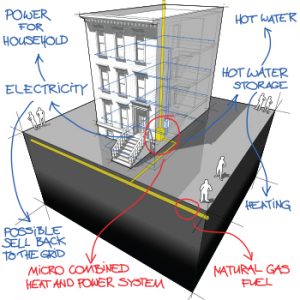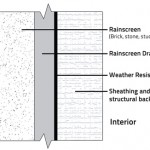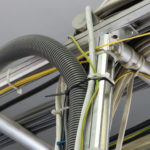 A new trend is on the verge of transforming how North Americans heat and power their homes and businesses. Combined heat and power systems (CHP) are nothing new, but recent innovations in size, pricing, and efficiency are adding up to more widespread adoption in Canada and the United States.
A new trend is on the verge of transforming how North Americans heat and power their homes and businesses. Combined heat and power systems (CHP) are nothing new, but recent innovations in size, pricing, and efficiency are adding up to more widespread adoption in Canada and the United States.
Leading the way is the development of micro-CHP systems, which have a small footprint—only a few feet high and wide—and are ideal for small businesses, multi-family residential housing, and single-family homes.
What are micro-CHP systems, and how do they work?
Micro-CHP systems are based on the cogeneration model, which is common in large industrial-scale energy plants—mostly in Europe. In this model, a single fuel source is used to generate both heat and electricity simultaneously.
Most micro-CHP systems available today are fuelled by natural gas and produce less than 50kW of electricity. In these units, an internal combustion engine drives an electricity generator, supplying the home or business with off-grid power. Heat from the engine, exhaust, and electrical components is then reclaimed and used to heat hot water—either directly or through a heat exchanger.
On the upper end of micro-CHP systems, a typical 50 kW unit can generate up to 160,000 BTUs, meaning it can replace a standard 100-gallon tank in a busy commercial building. On the lower end of the scale, a 2 kW unit can deliver up to 85 percent of the electrical demands in an average single-family home.
Built-in energy savings
In a micro-CHP system, the name of the game is energy efficiency. There are no transmission losses, and because the unit is supplying supplemental power to what a building receives from the grid, it can help reduce demand charges (the maximum amount of power a building uses in a 15-minute increment).
All in all, micro-CHP units produce power at a much lower cost than power pulled from the grid. One manufacturer of North American micro-CHP systems, Yanmar, claims their units utilize up to 87% of the fuel burn, versus an average of 33% burn rate for from-the-grid sources.
With governments, power companies, businesses, and consumers alike becoming more eco-conscious and attempting to reduce greenhouse gas emissions, micro-CHP systems show a lot of promise for more widespread adoption.
Installation and maintenance
The good news is micro-CHP systems are designed to integrate fairly seamlessly with a building’s existing mechanical and electrical systems. For the plumbing portion of the installation, the process is similar to that of a boiler. On the electrical side of the installation, a licensed electrician is usually required to connect the unit safely.
Once installed, annual maintenance is recommended, primarily to change the oil, filters, and spark plugs.



